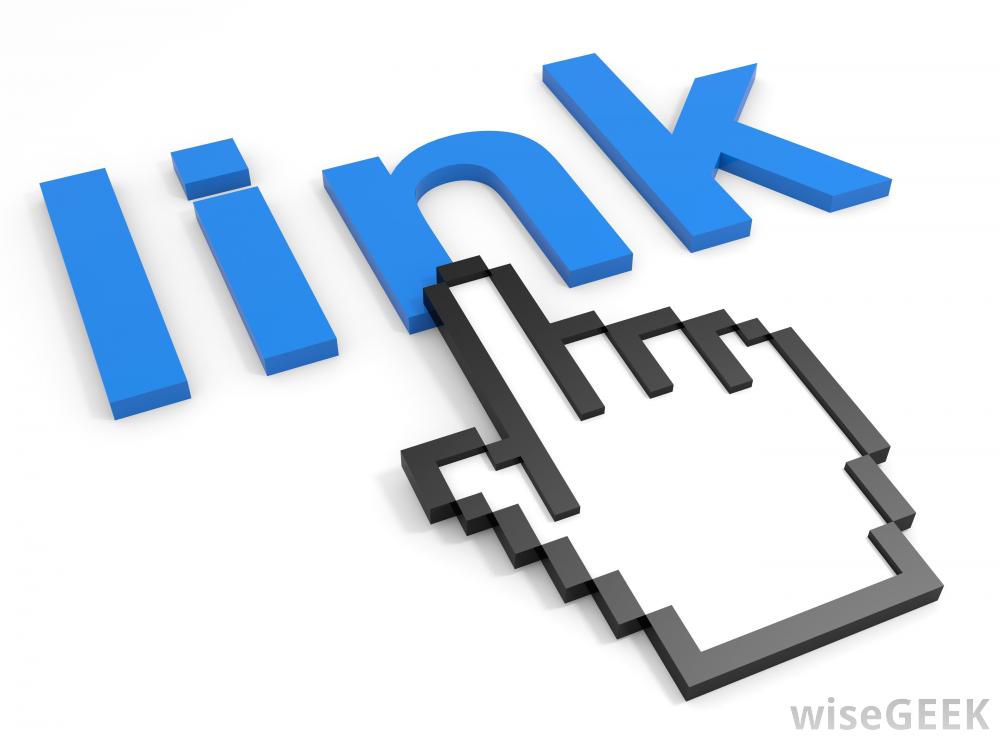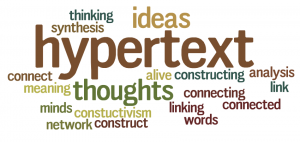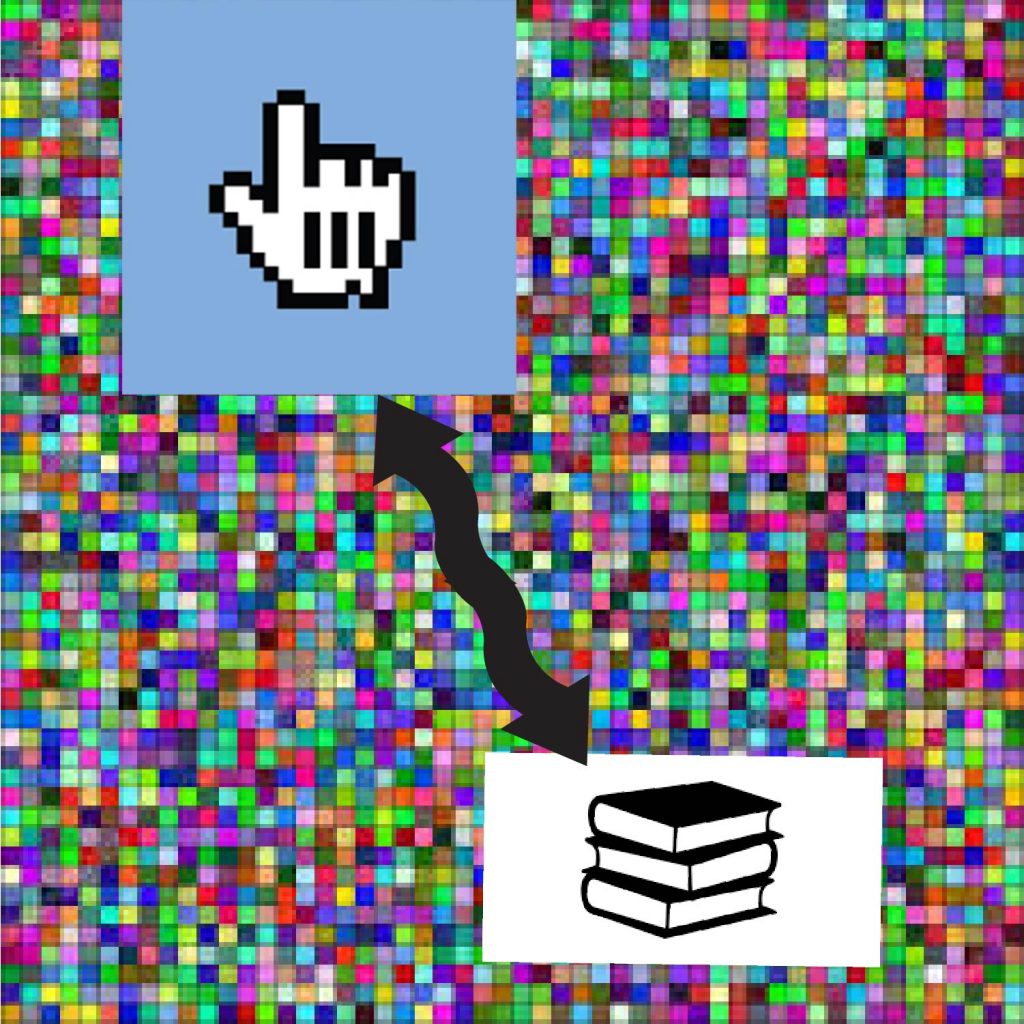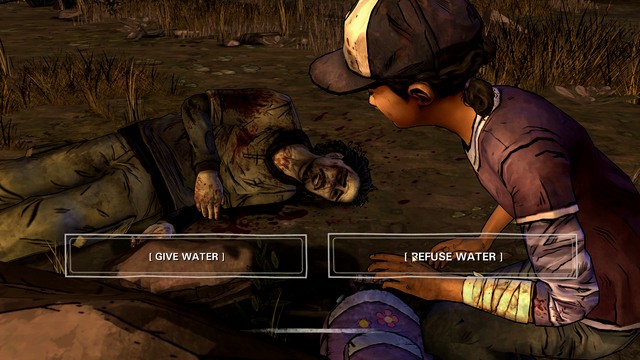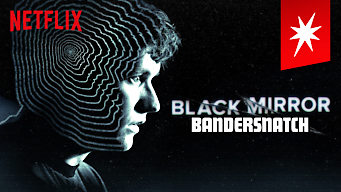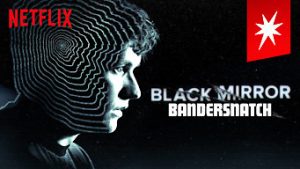It can be easy to say that books and print are an outdated technology, a still living artifact of the past that we will soon leave behind. The possibilities afforded us in the digital age certainly seem to leave old print media in the dust., at least at first glance.
Digital media is so much easier to store, allowing you to carry an entire library in your pocket, and still have room for your movies, music, and video games. Physical storage itself is hardly even an issue anymore as cloud computing allows us to store our files online and stream our videos from subscription services. In fact, less and less it seems like ownership and possession of a thing is what our culture values, opting instead for a steady I.V. drip of access to cyberspace where we aren’t land owners, we’re tenants.
Beyond storage, consider the way that digital media can be so seamlessly and naturally integrated into pieces of hypermedia. One moment you’re reading a piece of prose, the next a video plays, sounds run in the background, and interactive elements can be dropped in. The potential of electronic media is astounding compared to old print media. Even the branching narrative structure available in a basic HyperText project provides so many more tools for the creator to utilize.
Why then, decades later, are books still a thing? We’re starting to see textbooks in the classroom replaced with netbooks and tablets, brick and mortar bookstores are endangered, newspaper and magazine services struggle in a post-print era, but books are still going strong. There are several things that print does have going for it that digital media does not.
For one, print is self-contained. If you have a piece of print media, you don’t need any other device to use it. You don’t need to worry about backwards compatibility, if a file format is still supported, if you have batteries, if a part breaks and replacements are no longer being made. This gives books a staying power that digital media struggles with; technology almost seems to be moving too fast to take a lasting hold. Until more universal standards and the certainty of future compatibility is assured, people will still have a reluctance in giving up completely on print.
Another important thing for many people is the physical experience of the book. While digital media can provide countless opportunities for creators, some things still can’t be fully replicated in digital media. I consider a book sitting on my shelf, S. by by Doug Dorst and J.J. Abrams (pictured above). In much the same way that e-literature can incorporate other forms of media, this book contains numerous other objects tucked between the pages, from vintage photographs to post cards and more. The amazing thing about this creative piece is that it is actually more than just the book. The book itself, titled The Ship of Theseus, is written by a fictional character called V.M. Straka. The story of S. unfolds not just in the prose of the book, but in the notes written in the margins and the objects tucked inside the book. Much like a non-linear HyperText project, it falls on the reader to unravel the connections between the notes, objects, and the text of the book itself. Made to look like a released library book, even including a “Property of…” stamp and Dewey decimal sticker on the spine, everything about the project lends itself to feeling like an object that the reader could have found at an old book sale. The texture of the cover, the faux-faded pages of the book make an experience that can’t quite be replicated digitally.
While books like S. are certainly an unusual case, it isn’t hard to find a book lover who enjoys the experience of reading and owning a physical artifact, just like people who collect vinyl or go to community theater. Media goes beyond the content of simply the words, but the entire experience. As Marshall McLuhan said, the media is the message. Does HyperText and digital media offer new opportunities for unique and exciting experiences? Yes. Should they be explored and value as much as any other technology? Of course. Will they replace print completely? Maybe someday, but not anytime soon.
